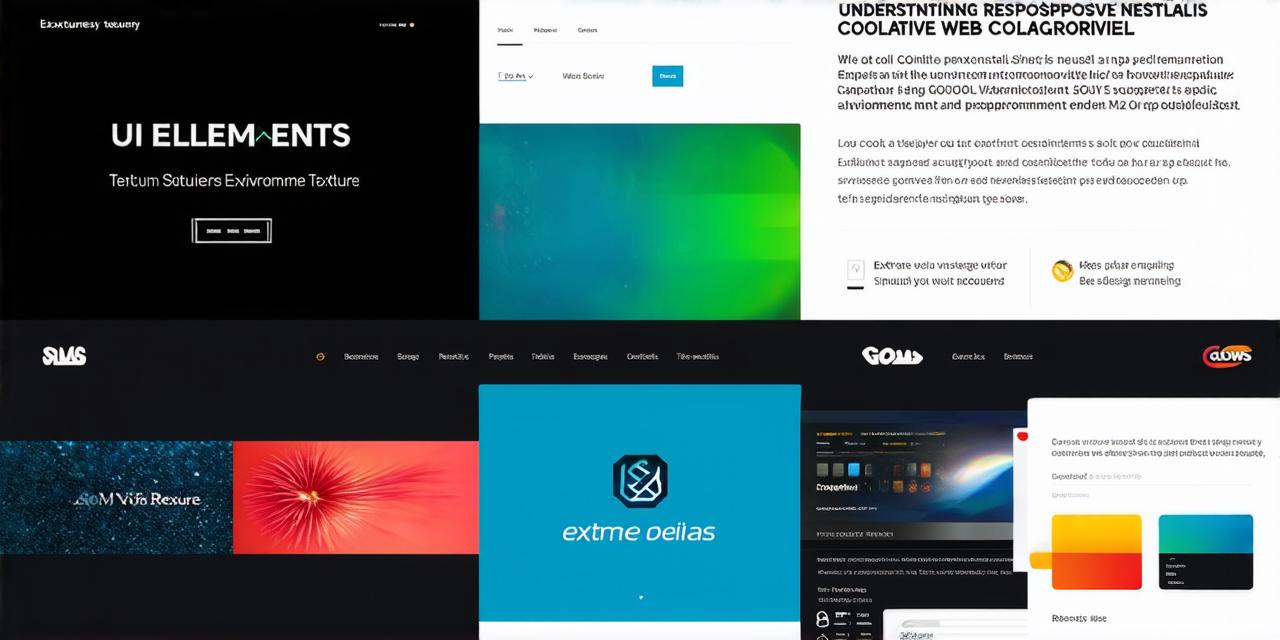Understanding the functionality of responsive web design
BlogResponsive web design is an essential aspect of modern web development that ensures your website looks and functions well on any device. With more people accessing the internet through their mobile devices, having a responsive website has become a necessity for businesses and individuals alike. In this article, we will explore the functionality of responsive web design, its benefits, and correct tag semantics to help you create an effective and engaging website.
What is Responsive Web Design?
Responsive web design is an approach to designing websites that ensures they are optimized for all devices and screen sizes. This is achieved by using a combination of fluid grids, media queries, and flexible images to create a seamless user experience. The goal of responsive design is to make sure your website looks great on any device, whether it’s a desktop computer, laptop, tablet, or smartphone.
Benefits of Responsive Web Design
There are many benefits to using responsive web design, including:
- Improved User Experience
- Increased Conversions
- Better SEO
Best Practices for Responsive Web Design
Here are some best practices to follow when designing a responsive website:
- Use Fluid Grids
- Write Media Queries
- Use Flexible Images
- Conduct User Testing
Real-Life Examples of Responsive Web Design
Here are some real-life examples of responsive web design to illustrate the benefits and best practices:
-
Starbucks
-
Dropbox
-
Airbnb
FAQs
What is responsive web design?
Responsive web design is an approach to designing websites that ensures they are optimized for all devices and screen sizes.
Why is responsive web design important?
Responsive web design is important because more people access the internet through their mobile devices, and having a responsive website can improve user experience, increase conversions, and better SEO.
What are some best practices for responsive web design?
Some best practices for responsive web design include using fluid grids, writing media queries, using flexible images, and conducting user testing.
What are some real-life examples of responsive web design?
Some real-life examples of responsive web design include Starbucks’, Dropbox’, and Airbnb’s websites.
Conclusion
Responsive web design is an essential aspect of modern web development that ensures your website looks and functions well on any device. By following best practices and conducting user testing, you can create a responsive website that improves the user experience, increases conversions, and better SEO. With more people accessing the internet through their mobile devices, having a responsive website is no longer an option but a necessity for businesses and individuals alike.
